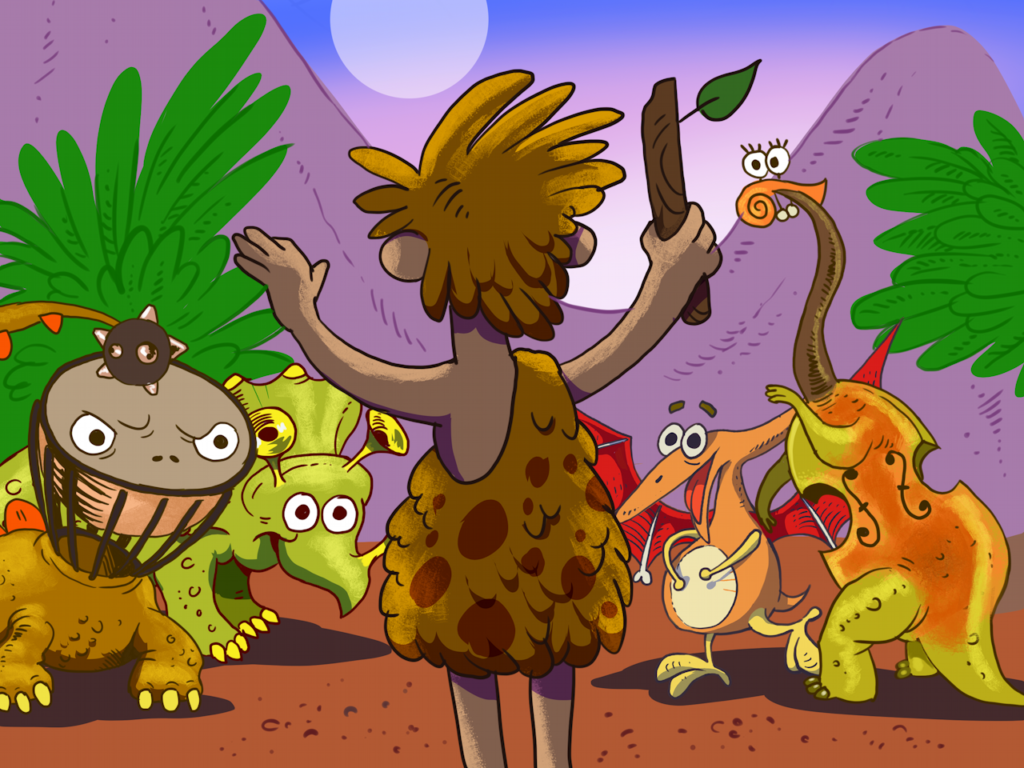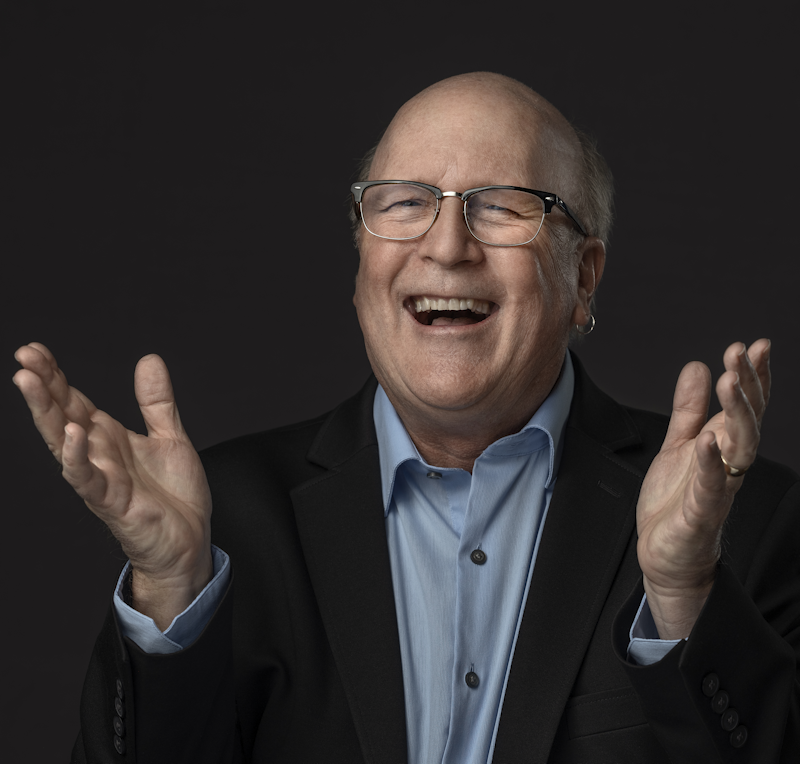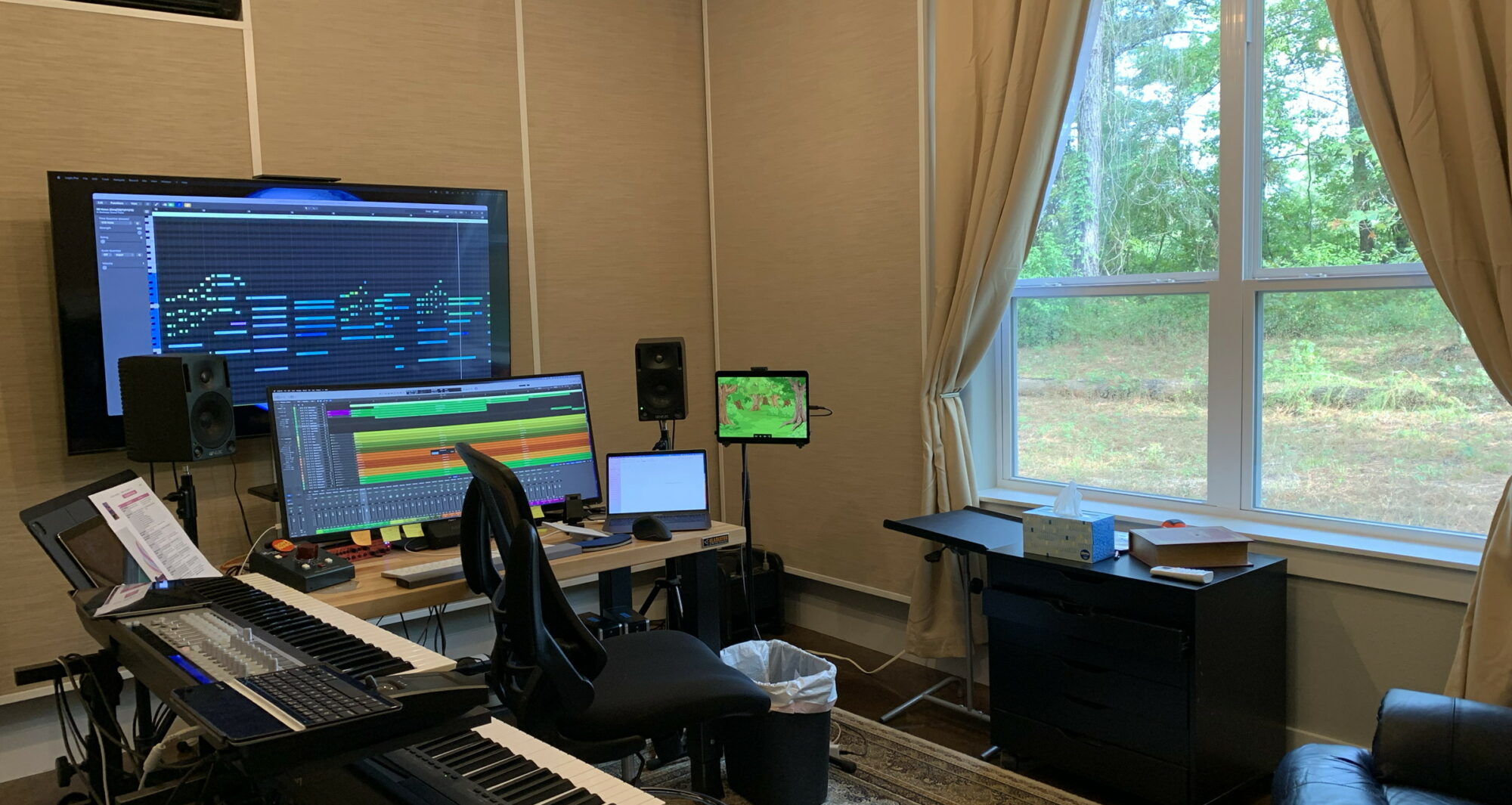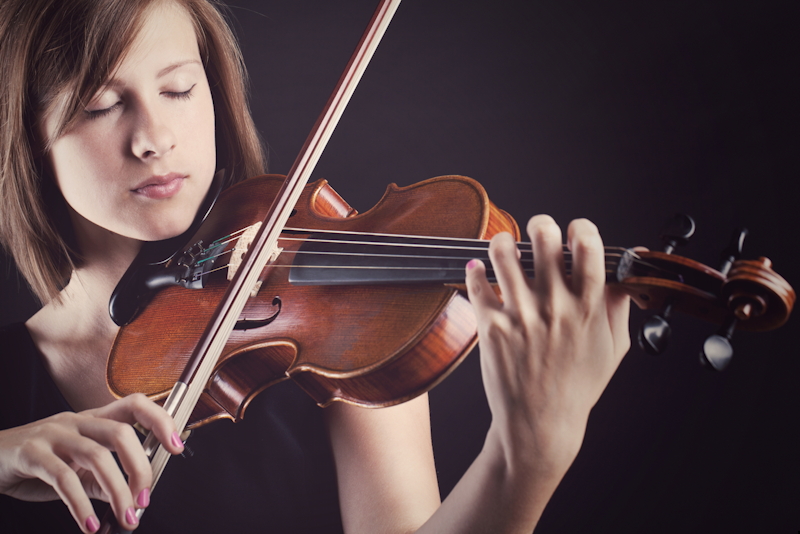Musicians of the Fort Worth Symphony Orchestra newsletter

Interview by Tanya Smith, violin FWSO, as it appeared in the January, 2019 edition of the newsletter for Musicians of the Fort Worth Symphony Orchestra (link to original newsletter)
At the beginning of February, the FWSO will give the world premiere of the piece, “Jurassic Parts,” as the last installment of the Family Series concerts. It is written by local Grammy-award nominated composer Bob Singleton, whose music you may have heard on Barney the Dinosaur® as he was the music director for that series for ten years. It has nothing to do with the scary “Jurassic Park” movies and is instead a hilarious romp through the orchestra through means of some musical dinosaurs. Bob was kind enough to answer some questions I had about the piece. We hope to see you and all the children you know at the performance!
Tickets and more information about this concert can be found here.
How did this piece come about?
I have the most fun in life creating music. Creating music for kids ramps up the fun and the difficulties at the same time. Kids are brilliant, complicated, inquisitive, and have no pretense. It’s extremely challenging, and extremely gratifying when it works.
It was a natural thing for me to want to create something for kids and the symphony, and the idea of what that would look like has been bouncing around in my head for years. The challenge is huge to make something that kids will think is “lit,” and that my symphony friends will appreciate and enjoy performing.
Did you come up with the story?
My writer-collaborator for the story and narration is my good friend, Steve White. Steve is an Emmy-nominated writer who I met while we worked together on Barney the Dinosaur. He has an incredible kid-sensibility, and is one of the funniest people I’ve ever known. He carried the load on the story. He and I had several brain-storming sessions over Tex-Mex and junk food to come up with ideas that would fit into the template of a kids & family orchestra concert.
What about the illustrations?
I hired a terrifically talented artist, Max Larin, to create the visuals for the concert. Max lives in Ukraine, and has illustrated books, interactive games, and animated projects in a variety of styles. We worked with him on creating a unified style for the concert, and then sent Max descriptions for each graphic that corresponded to events in the narration.
How long did it take to compose this work?
It took me 2 months of composing while collaborating on the script and the art. It’s taken much longer to take what’s in my brain and put it into the score and parts that the orchestra will be reading at the concert.
Who is the target audience?
As a matter of fact, I kept my grandson, Quinn Leach, from Katy, Texas, in mind as my quality control throughout the composing and production process. I was constantly thinking, Will this keep his attention? Will the story make him laugh? Are the pictures memorable and descriptive for him? What will he tell his friends about after the concert?

What do you hope children will enjoy learning during this performance?
I want kids and families to fall in love with the people, the sound, and the experience of a symphony concert. That’s it.
In this concert, I include a funny story, interesting characters, and kid-friendly graphics that bridge and support the musical moments. When the orchestra plays, the musicians are the stars. The music, story, graphics and humor are my tools to connect the orchestra and the kids, and light their inquisitive brains on fire for music and their life with music. They will learn about the sections of the orchestra, They will see and hear soloists, sections, idiomatic techniques, and so much more. They will discover how those amazing sounds they have heard in movie scores are actually made by real people. They will be absorbing all that information and storing it because they will be experiencing it with their eyes, ears, bodies and brains. It’s how they learn best.
I want kids to leave and tell their friends how awesome it was. I want them to see the individuals in the orchestra as mega-talented, but very real people, not as motionless cogs behind the black wall of the front row of players. I want them to laugh, say “wow,” and point to individual players and sections and say, “I want to be like them!”
Kids are aspirational – they want to be like somebody else. They want heroes. They don’t want to be the Dallas Cowboys; they want to be Dak Prescott. In the same way, they don’t want to be the Fort Worth Symphony; they want to be Michael Shih, or Pam Adams, or Kyle Sherman, or Deborah Mashburn.
Kids at this age don’t want to be told what they are supposed to learn. They want to discover it themselves. This program is designed to give them a 40 minute discovery journey of sights, sounds, and people that will make them want to come back for more. And, it’s all done with lots of humor, and zero “preachy-teachy” moments.
****end****

